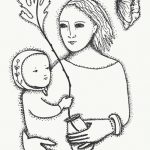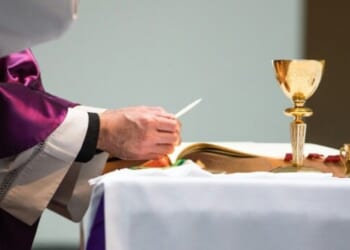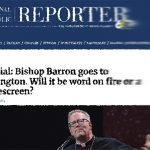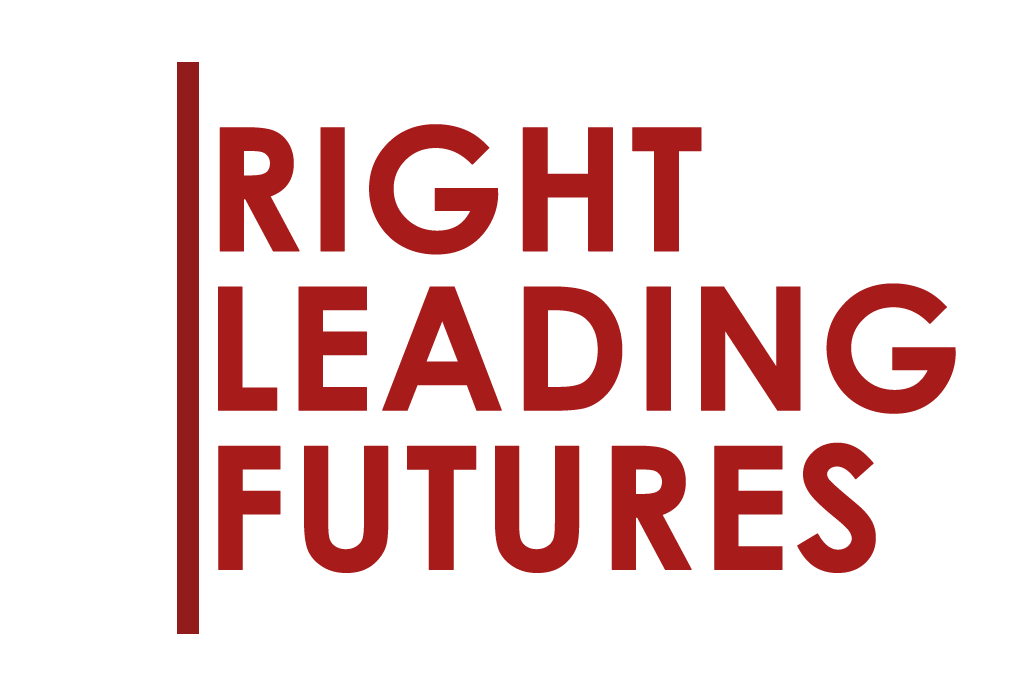As a living embodiment of the “luck of the Irish,” Hemingway survived being shot down four times!
As is sadly self-evident from The National Interest’s recently published articles on the passings of Col. Perry Dahl, Capt. “Duke” Hedman, and Capt. John Angel Chu of the famed Flying Tigers, World War II pilots (and WWII veterans in general) are a dying breed.
That sad reality has been driven home yet again, as reported by Sky News (and republished by MSN) on March 17, 2025: “The last surviving Battle of Britain pilot dies aged 105.” That pilot was Royal Air Force (RAF) Group Captain (the equivalent of a colonel in the U.S. Air Force, or USAF) John “Paddy” Hemingway.
Paddy Hemingway’s Early Life
John Allman Hemingway was born into a Church of Ireland family in Dublin on July 17, 1919. He attended St. Patrick’s Cathedral Choir School (how apropos in light of his nickname) and St. Andrew’s College Dublin (named for the Patron Saint of Scotland). He was accepted for service in the RAF and was granted a short-service commission on March 7, 1938, four months shy of his nineteenth birthday. In January 1939, young Paddy began training in Brough, East Riding of Yorkshire, England, and on March 7 of that year—the one-year anniversary of the start of his military career and less than six months before WWII commenced—he was appointed in service as a pilot officer (P/O; the equivalent of a 2nd lieutenant in the USAF).
Hemingway’s WWII Service
As far as I can ascertain, then-P/O Hemingway scored a total of two air-to-air kills in his flying career, both attained while serving in No. 85 Squadron RAF over France prior to his Battle of Britain service: a Heinkel He 111 bomber shot down on May 10, 1940, and a Dornier Do 17 downed the following day.
It was with the same No. 85 Squadron that Paddy served with during the Battle of Britain from July to October 1940. The aforementioned Sky News article cites an RAF source that credits Hemingway’s squadron with ninety aerial victories against Luftwaffe aircraft over an eleven-day span that May. As already indicated, Paddy himself apparently didn’t score any shootdowns during the Battle of Britain but is credited with damaging a Messerschmitt Bf 109 (aka, Me 109) on August 31, 1940.
As a living embodiment of the “luck of the Irish,” over the course of his wartime career, Hemingway survived being shot down not once, not twice, not thrice, but four times! In his own words, “I was shot down four times and survived, I’m one of the lucky ones … the only advice I can give to people is to be Irish.” The first two took place during the Battle of Britain while he was flying Hurricanes, the third in May 1941 whilst flying a Douglas A-20 Havoc night fighter, and the fourth in 1945 whilst flying a Supermarine Spitfire over Italy.
In July 1941, he was awarded the Distinguished Flying Cross and in September of that year, he was Mentioned in Dispatches. At some point, he also received the Air Efficiency Award.
Irish and Other Multinational Contributions to the Battle of Britain
As a side note, regarding the apparent irony of an Irish national like Paddy serving in His Majesty’s Armed Forces (not to mention the fact that Paddy passed away on St. Patrick’s Day), it’s a prime example of the paradoxical nature of Anglo-Irish relations; in spite of the long-standing animus between Great Britain and Ireland, the two nations also have a long history of close military ties (the most famous pop culture example being the Sergeant Major Patrick Harper character portrayed by Daragh O’Malley in the Sharpe TV series).
Moreover, it’s just one example of how the RAF’s heroic effort during the Battle of Britain was truly multinational in nature: as noted by the RAF Museum, 20 percent of Fighter Command’s aircrew hailed from overseas with sixteen nations represented in its squadrons, including 126 New Zealanders, ninety-eight Canadians, thirty-three Australians, and twenty-five South Africans, along with three Rhodesians, a Jamaican, a Barbadian, and a Newfoundlander. For good measure, there were 145 Poles, eighty-eight Czechoslovaks, twenty-nine Belgians, thirteen Frenchmen, and an Austrian; as we previously reported, the Poles’ 303 Squadron was the highest-scoring unit in the battle. Last but not least, there were eleven Americans (the Eagle Squadrons) … and ten Irishmen, including Hemingway.
Hemingway’s Post-WWII Life
Hemingway continued his military career long after the end of WWII. His first postwar posting was in the Middle East. Eventually, he served as a station commander of the now-defunct RAF Leconfield, a staff officer at NATO in France, and finally in the Air Ministry. Hemingway was promoted to group captain on January 1, 1969, and retired from the RAF on September 12 of that same year.
Paddy and his wife, Bridget (who passed away in 1998), had three children. He lived in Canada for a few years but returned to Ireland in 2011. In 2019, he was placed in a nursing home near Dublin.
Britain’s Leaders Pay Tribute to Group Captain Hemingway
“I was sad to hear about the passing of John ‘Paddy’ Hemingway this morning, the last of ‘The Few’. We owe so much to Paddy and his generation for our freedoms today. Their bravery and sacrifice will always be remembered. We shall never forget them.”-William Prince of Wales
“Very sad to hear of the passing of Group Captain John ‘Paddy’ Hemingway, the last known Battle of Britain pilot. His courage, and that of all RAF pilots, helped end WWII and secure our freedom. We will never forget their bravery and service. Thank you, John ‘Paddy’ Hemingway.”-British Prime Minister Keir Starmer
“[Mr. Hemingway’s generation] understood the importance of freedom and sacrificed so much to achieve it.”-Secretary of State for Defence John Healey
“[The flyer was] an amazing character whose life story embodies all that was and remains great about the Royal Air Force.”-Air Chief Marshal Sir Richard Knighton
Much respect. Well-deserved. Rest In Peace, Group Captain John Allman “Paddy” Hemingway, ‘til Valhalla. Lest We Forget.
About the Author: Christian D. Orr
Christian D. Orr was previously a Senior Defense Editor for National Security Journal (NSJ) and 19FortyFive. He is a former Air Force Security Forces officer, Federal law enforcement officer, and private military contractor (with assignments worked in Iraq, the United Arab Emirates, Kosovo, Japan, Germany, and the Pentagon). Chris holds a B.A. in International Relations from the University of Southern California (USC) and an M.A. in Intelligence Studies (concentration in Terrorism Studies) from American Military University (AMU). He has also been published in The Daily Torch, The Journal of Intelligence and Cyber Security, and Simple Flying. Last but not least, he is a Companion of the Order of the Naval Order of the United States (NOUS). If you’d like to pick his brain further, you can ofttimes find him at the Old Virginia Tobacco Company (OVTC) lounge in Manassas, Virginia, partaking of fine stogies and good quality human camaraderie.
Image: Wikimedia Commons, CC BY-SA 2.0

















